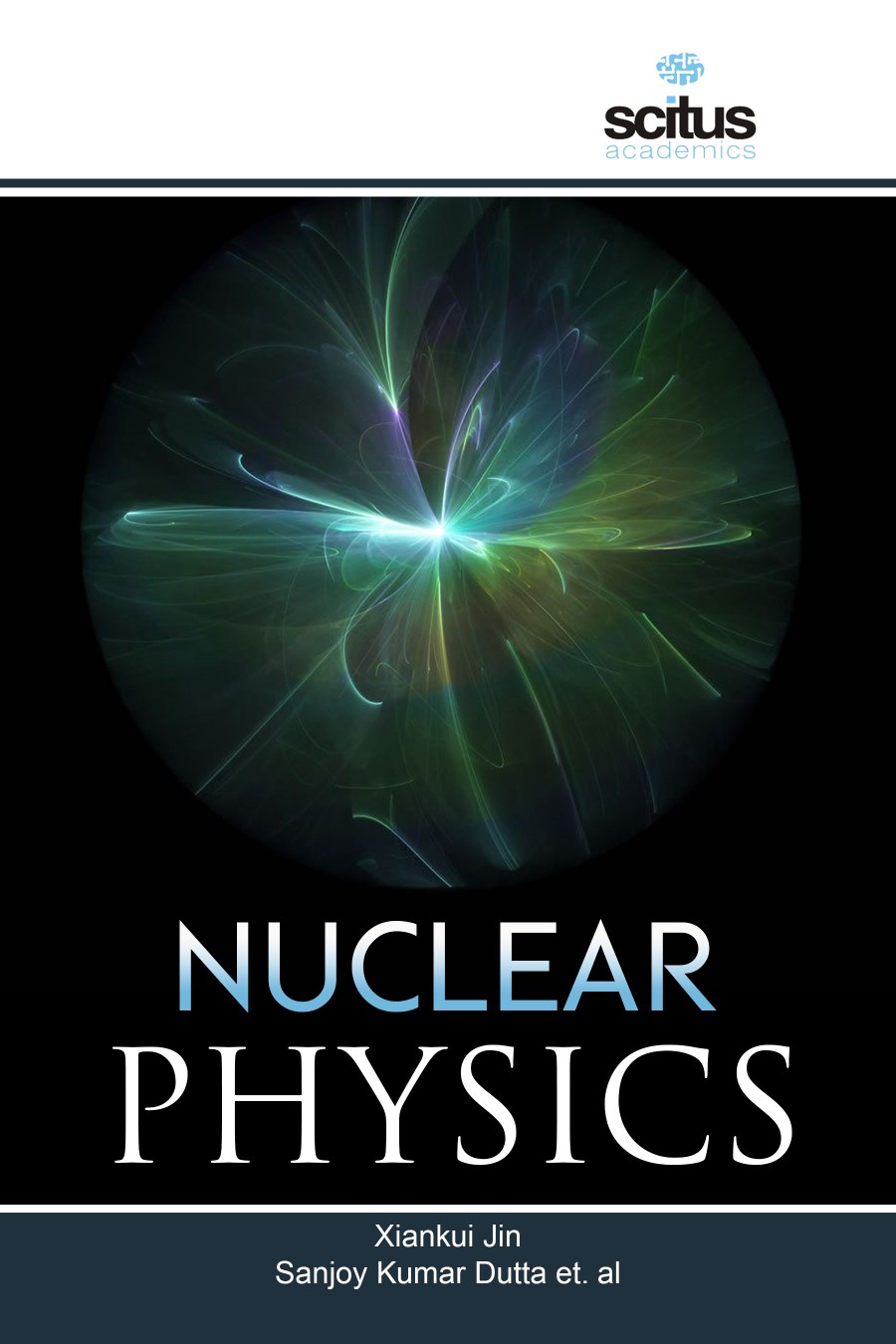Modern nuclear physics delivers really outstanding opportunities and its development evidently shows that whenever a qualitative advance in experimental techniques becomes available, the nucleus is capable of providing us with surprises. This fact determines largely the trends in our field. A significant application of nuclear research is in developing the long-term sources of securing our energy needs in a low-carbon economy. A key aim of nuclear scientists and engineers is tapping into the powerful forces within the nucleus to create power. Nuclear physics was essentially the paradigmatic example of understanding particle physics. In itself, its basic description is nowadays also well understood. Still, nuclear physics is a perfect example of how particle physics works, and therefore still of significant importance. It is also in itself quite important, as various aspects influence in many different ways our everyday life, from medicine to the burning of the sun. Revolutionary designs of fission reactors, some using novel fuel sources, are already being tested, while various approaches to nuclear fusion – the ideal environmentally-friendly solution to our energy needs – are being developed on an international scale. Nuclear transformation is also being investigated as a means of destroying nuclear waste safely. Studies of the nucleus are also extending our understanding of the basic laws of nature and how the universe evolved. Much of nuclear physics research involves exploring the forces and particles characterizing everyday matter, as well as more exotic phenomena found in stars and the early universe.
Nuclear Physics is a compendium on theoretical and experimental studies in nuclear physics including all interface areas between these fields. It is intended to provide an overview on current trends and the specific role of nuclear physics in this field. The present status, some problems and recent progress made in our understanding of nuclear phenomena are pointed out by using a highly personal selection of examples from the fields of nuclear structure, nuclear and hadronic matter, the quark-gluon plasma, and strong interaction physics with hadron beams, nuclear physics with electrons and of the nucleus as a laboratory for fundamental interactions.
This book will appeal to researchers, nuclear engineers, and university libraries.













